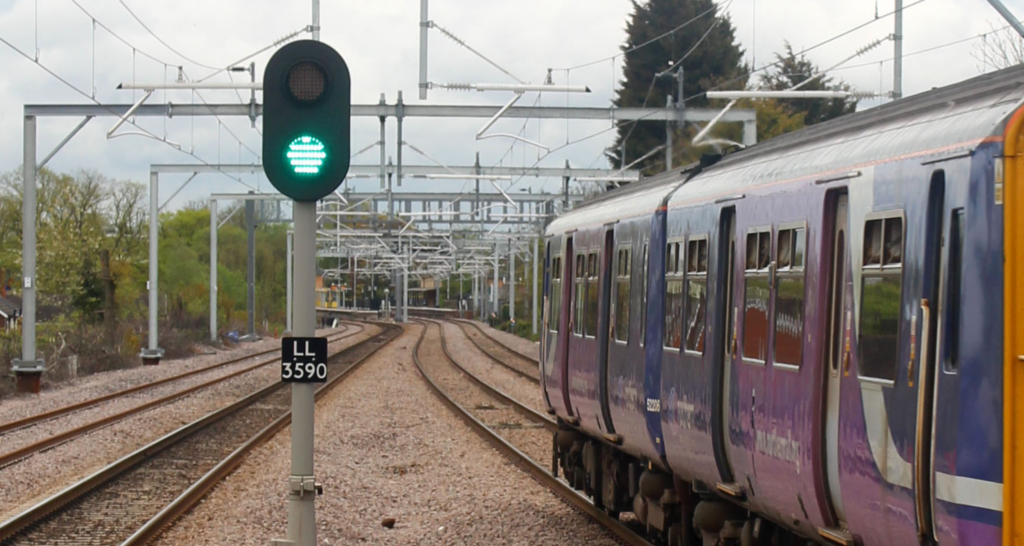The year is 2012. Its biggest event, the London Olympics started with an opening ceremony directed by Oscar winning director Danny Boyle showcasing the advance in British technology; from this green and pleasant land, via the smoke belching chimney stacks of the Industrial Revolution, to the internet age.
This evolution through innovation was also reflected in the release that same year of the Unipart Dorman Integrated Lightweight Signal (iLS). Arguably the biggest step change in railway signal design since the first Electric Colour Light Signal was introduced in 1921. Its use of a lightweight GRP head and post that could be folded down to ground level for maintenance removed all working at height risks and slashed the cost of each signal by removing all of the steelwork usually needed.
The advanced lens design of iLS soon made railway staff even safer, by being declared maintenance free in the 2015 ROSE Report. This meant workers were no longer required to go into the hazardous environment that exists trackside to carry out routine servicing and this also delivered further considerable cost savings for Network Rail.
Never wanting to rest on their laurels, the evolution of Unipart Dorman signals has recently taken another big step forward with the granting of a trial Product Acceptance Certificate for the new Mk3 Signal. The signal is designed to deliver world beating optics and will be entirely reverse compatible with existing lightweight and Classic Dorman signals and is future-proofed against new interlocking and low power signal requirements.
Capitalising on the expertise and lessons learnt from over 20 years of designing and manufacturing railway signals in Southport, the Mk3 allows Unipart Dorman to maintain its position as the UK market leader in LED signalling.


